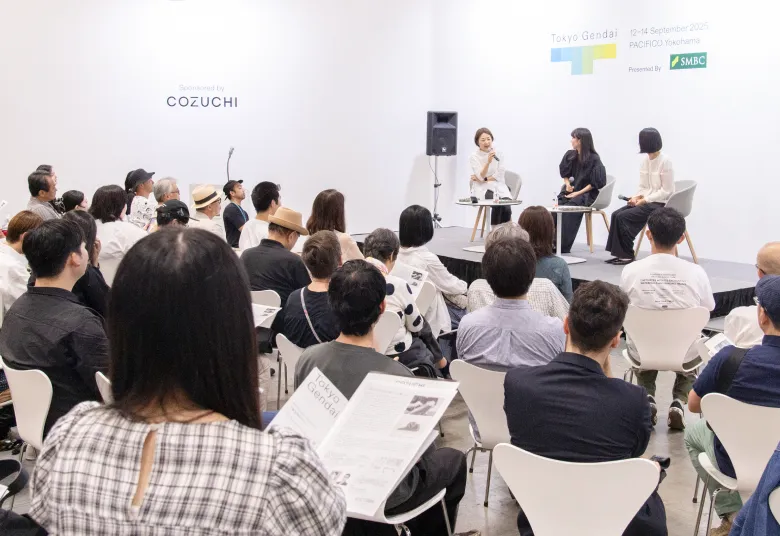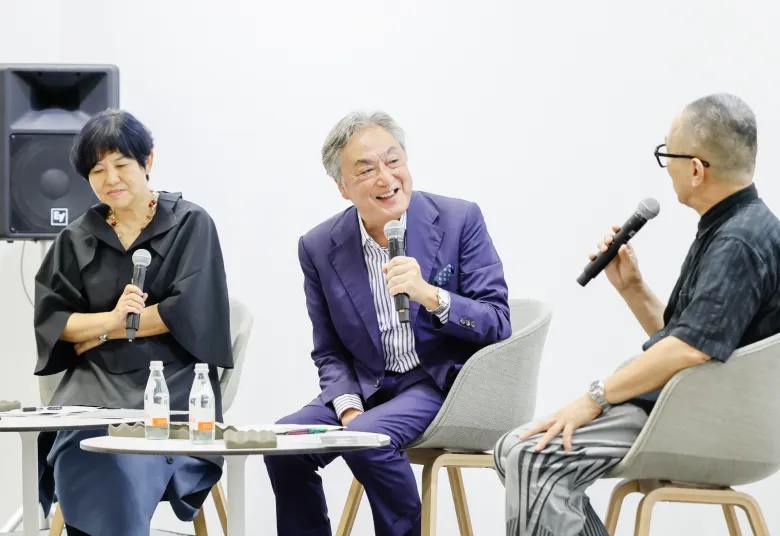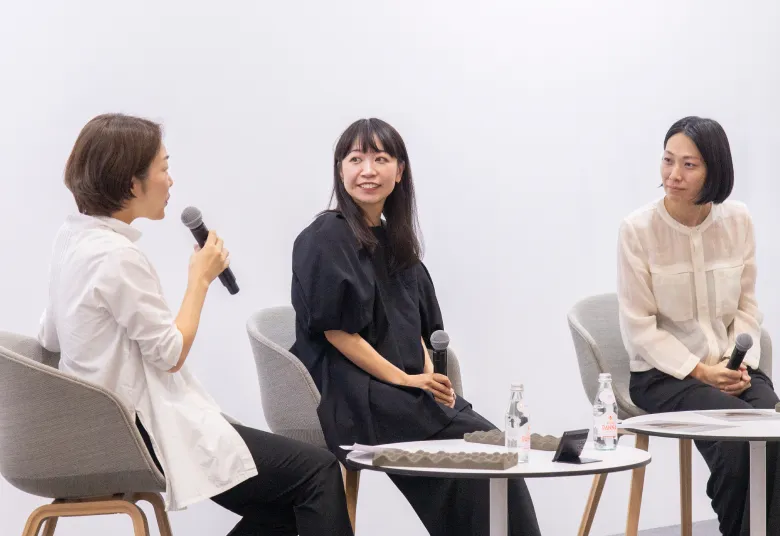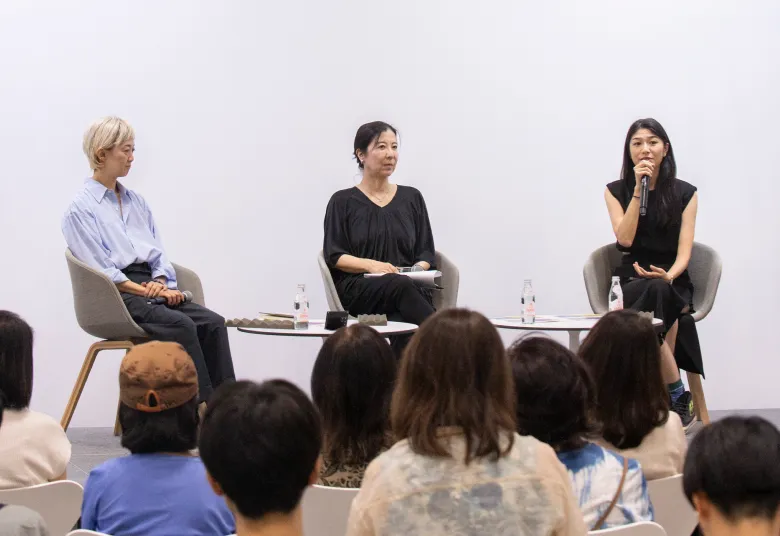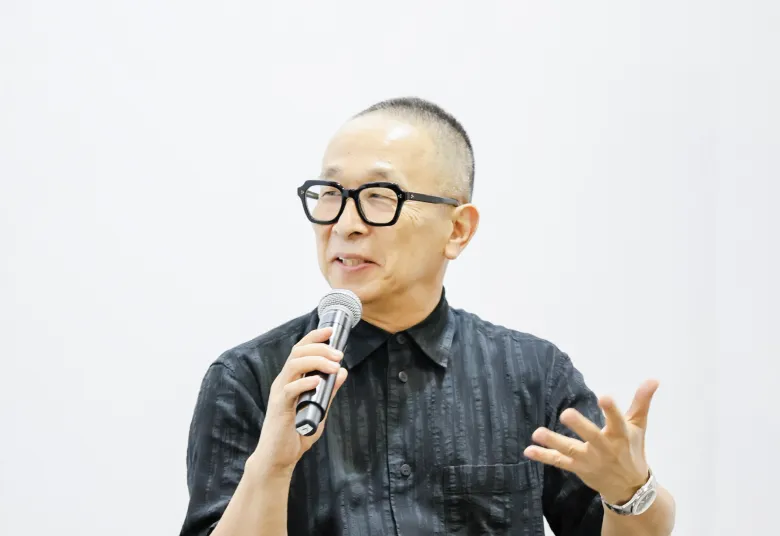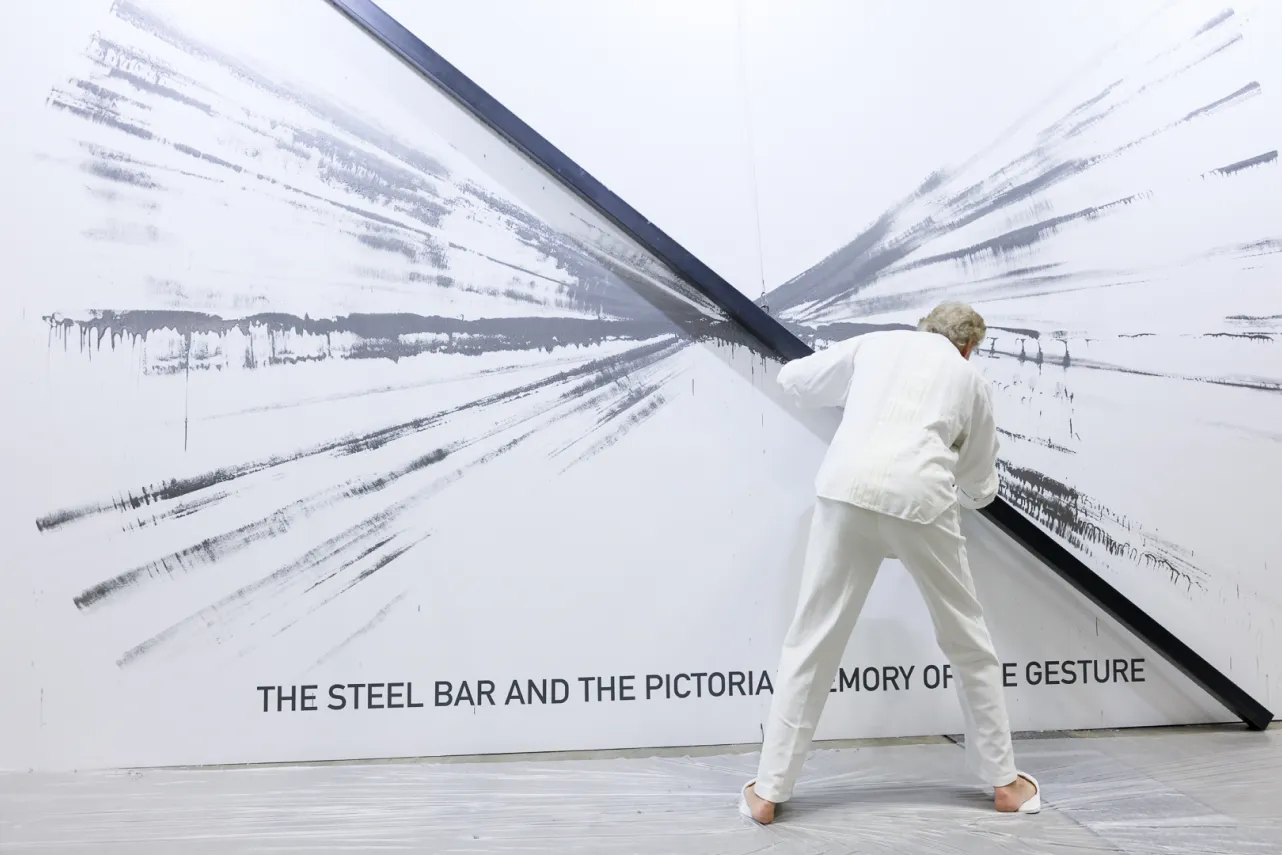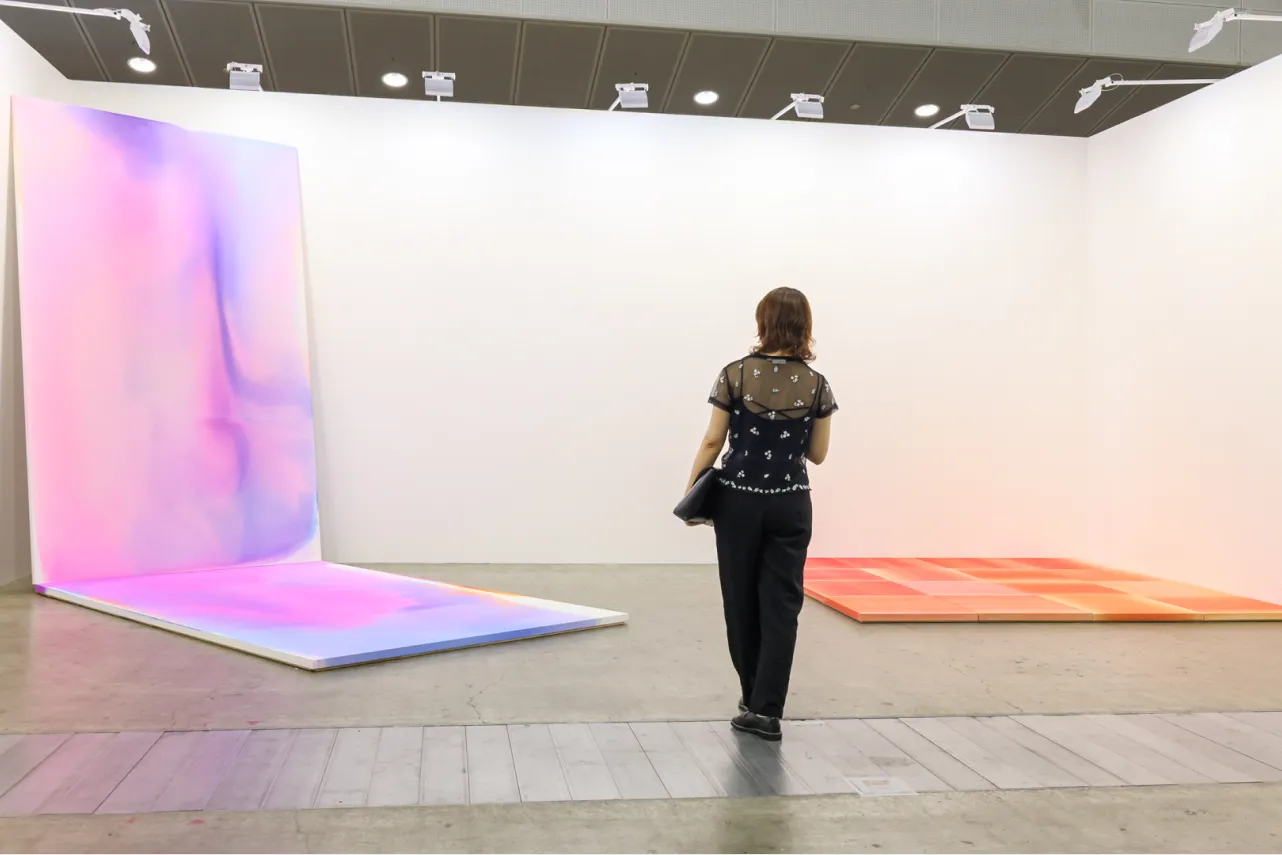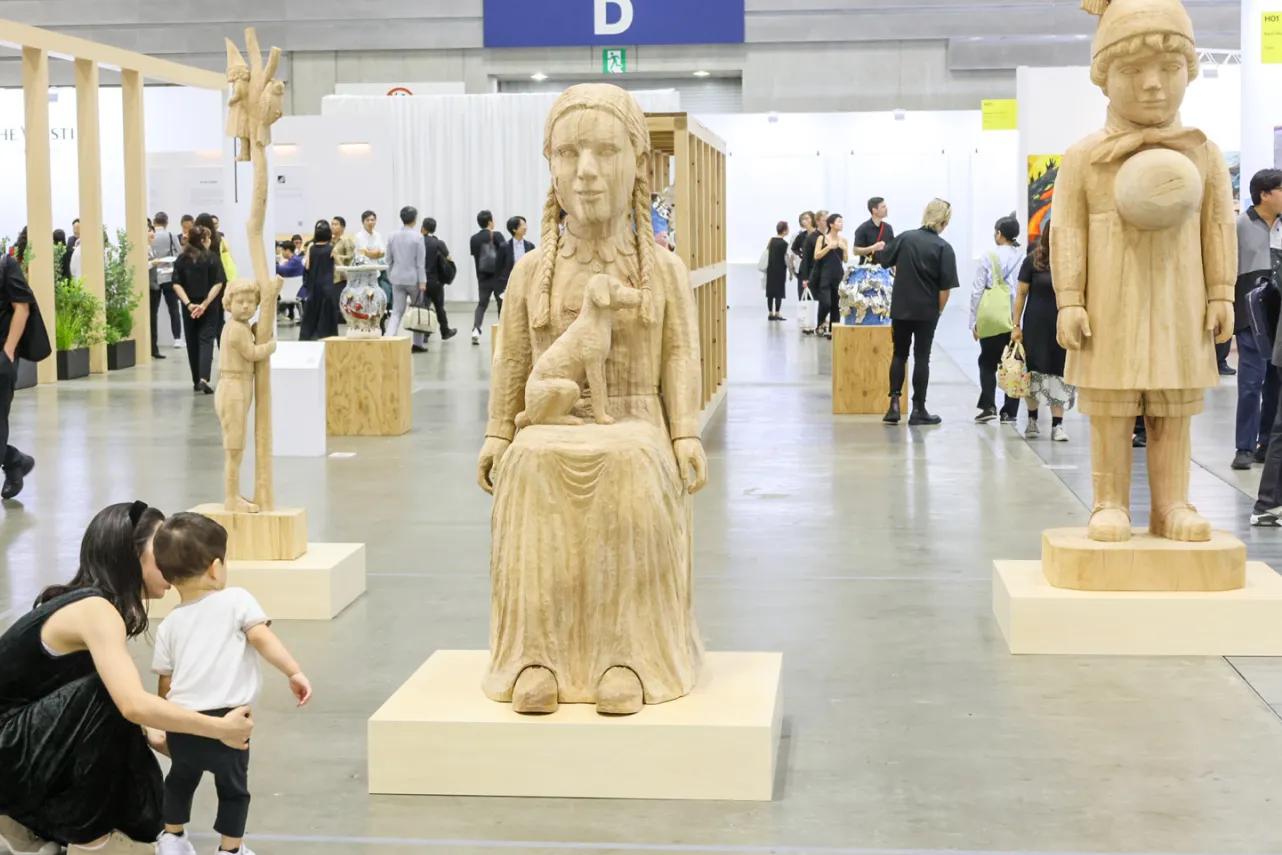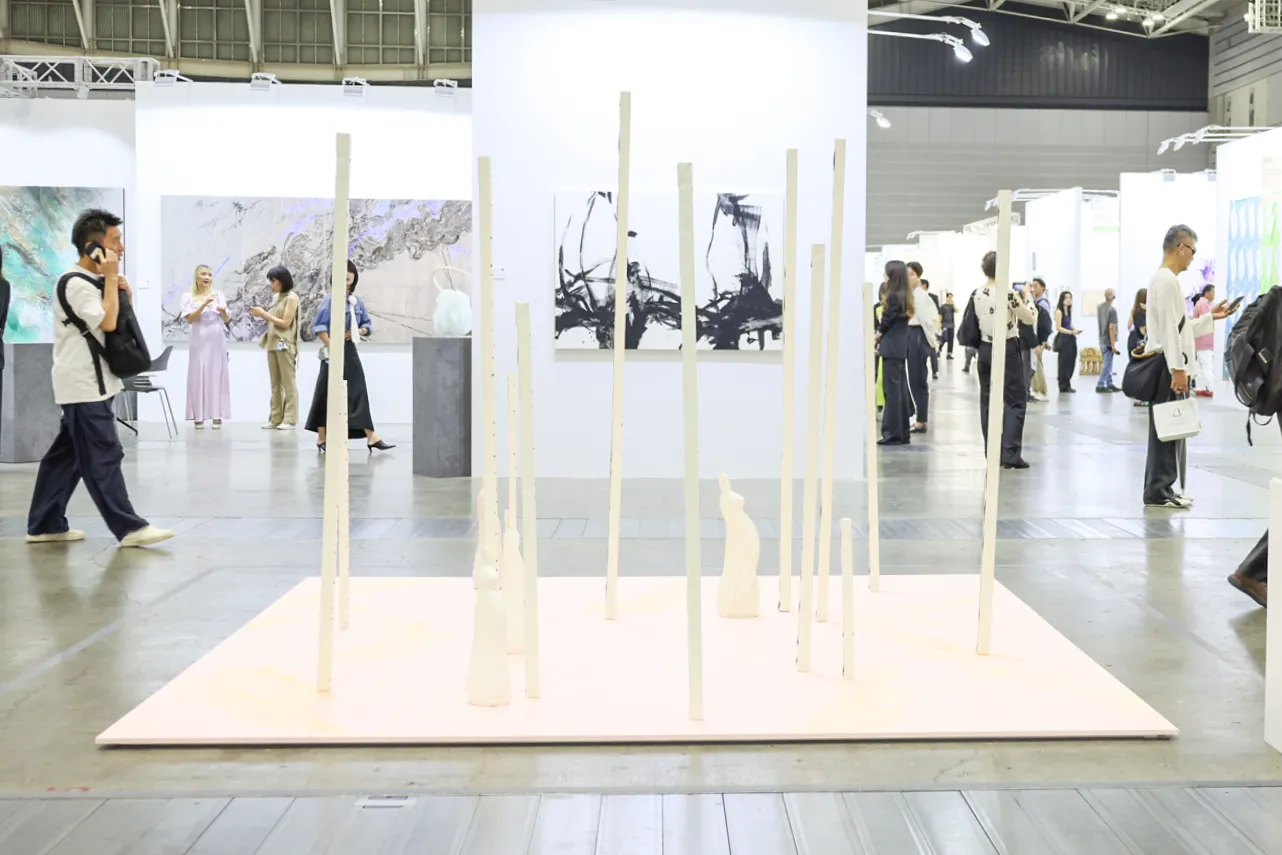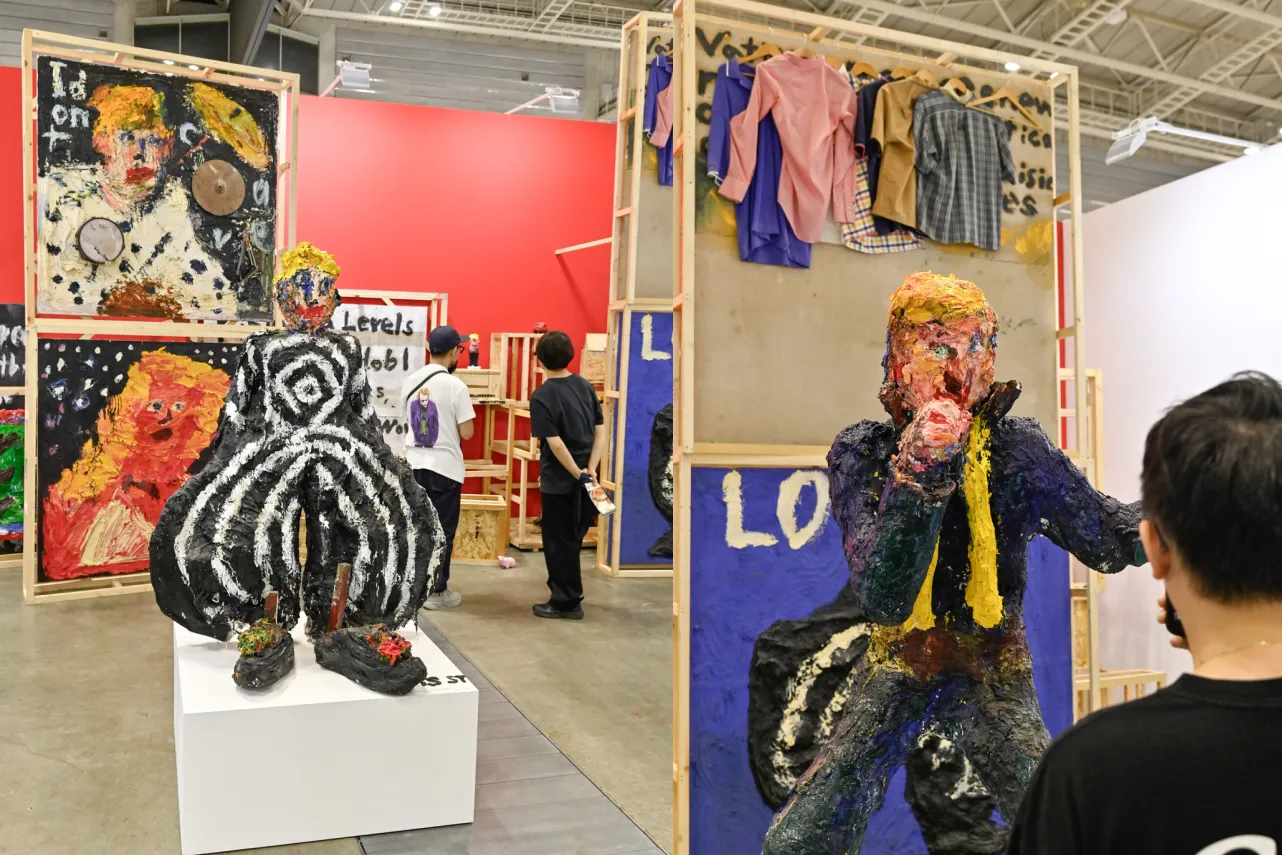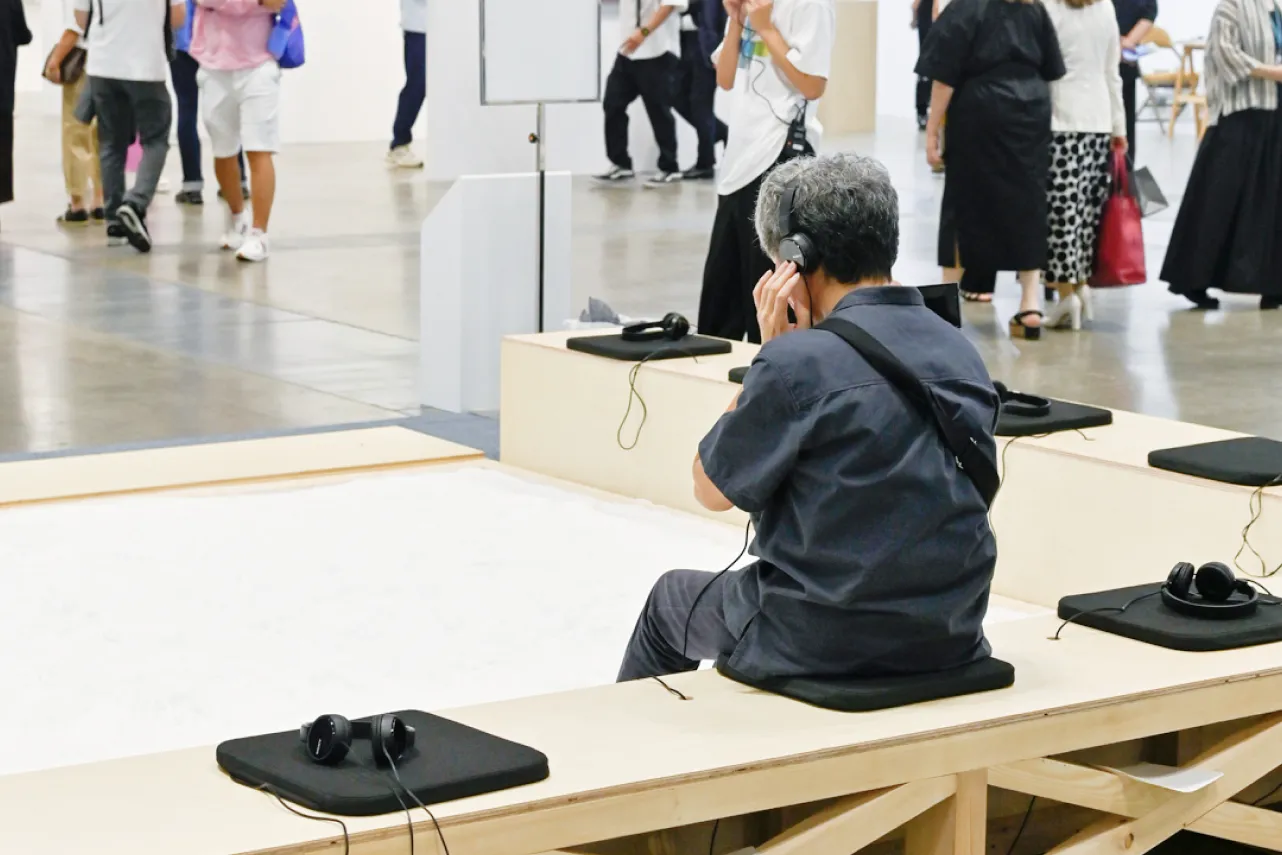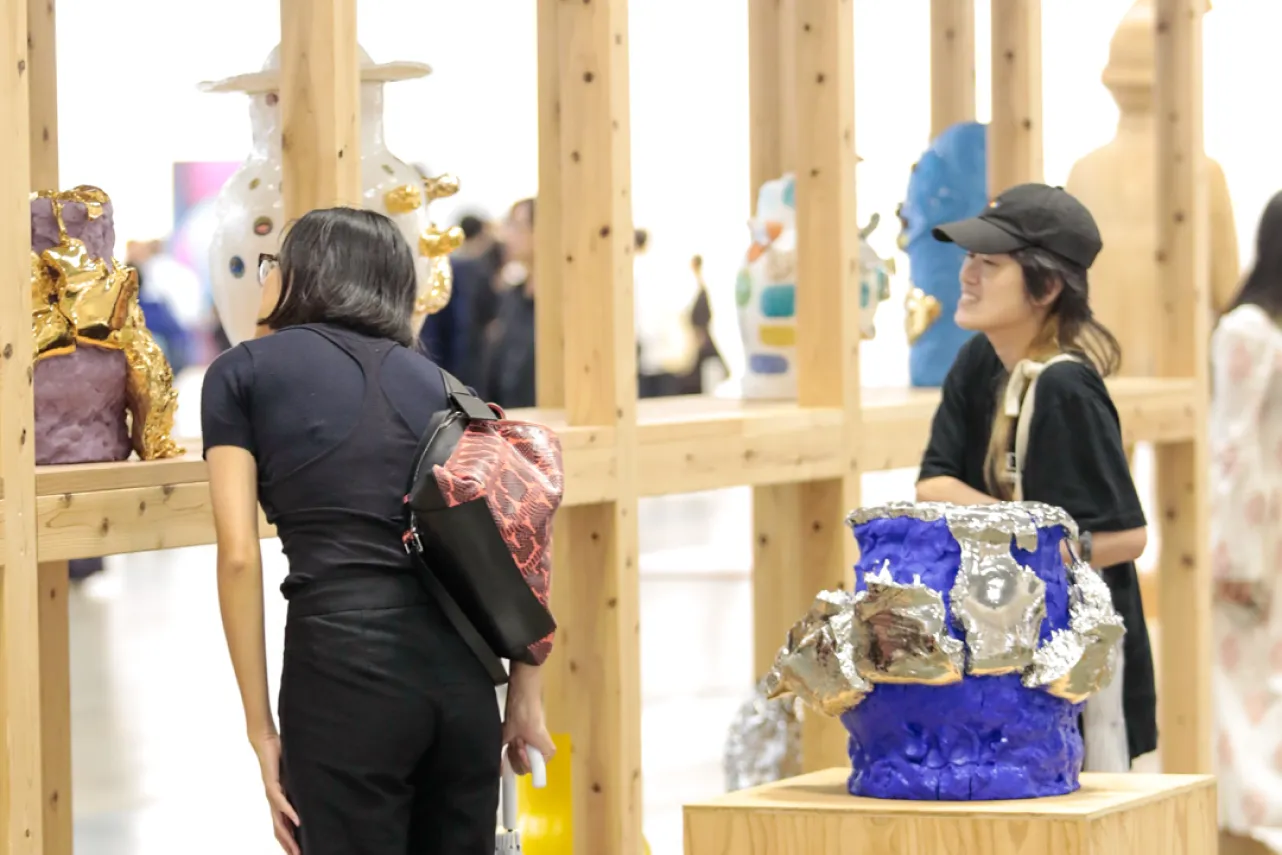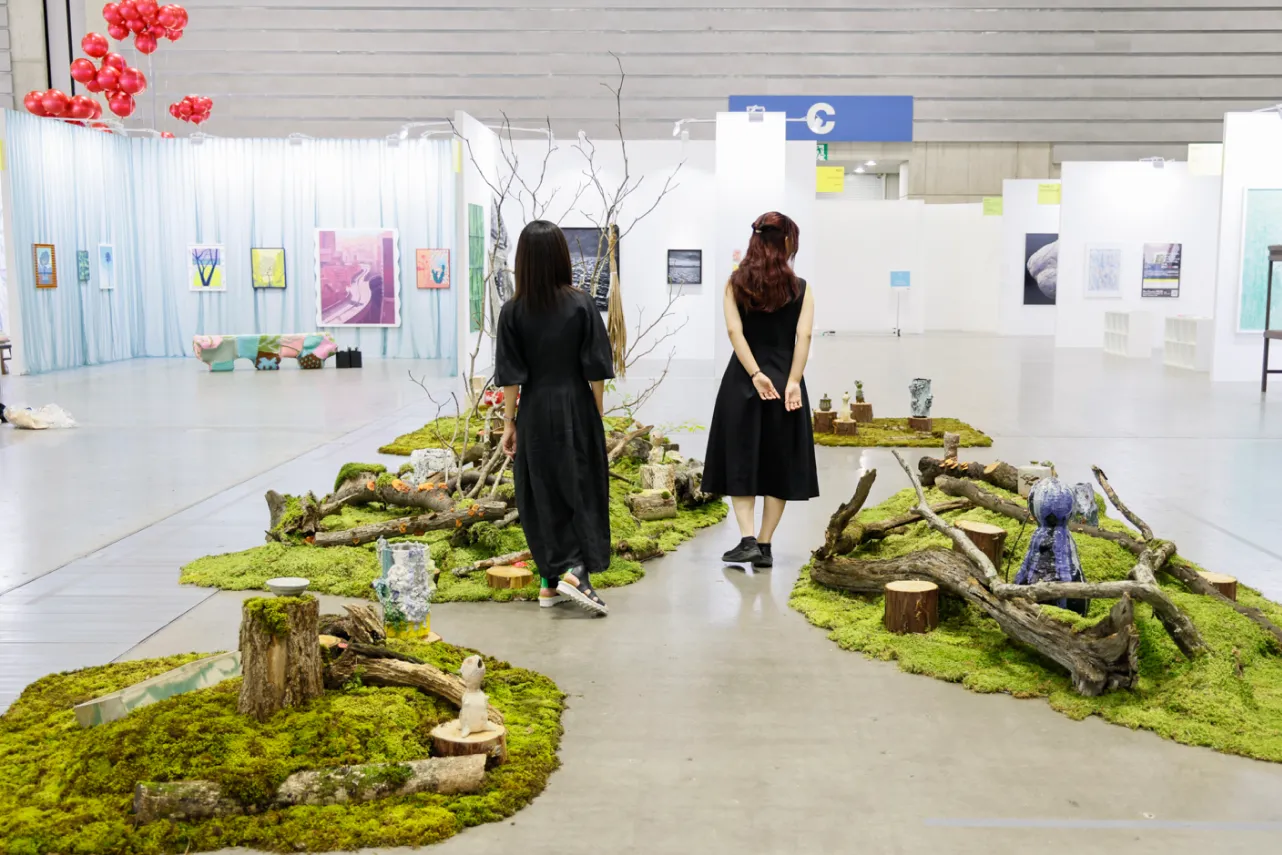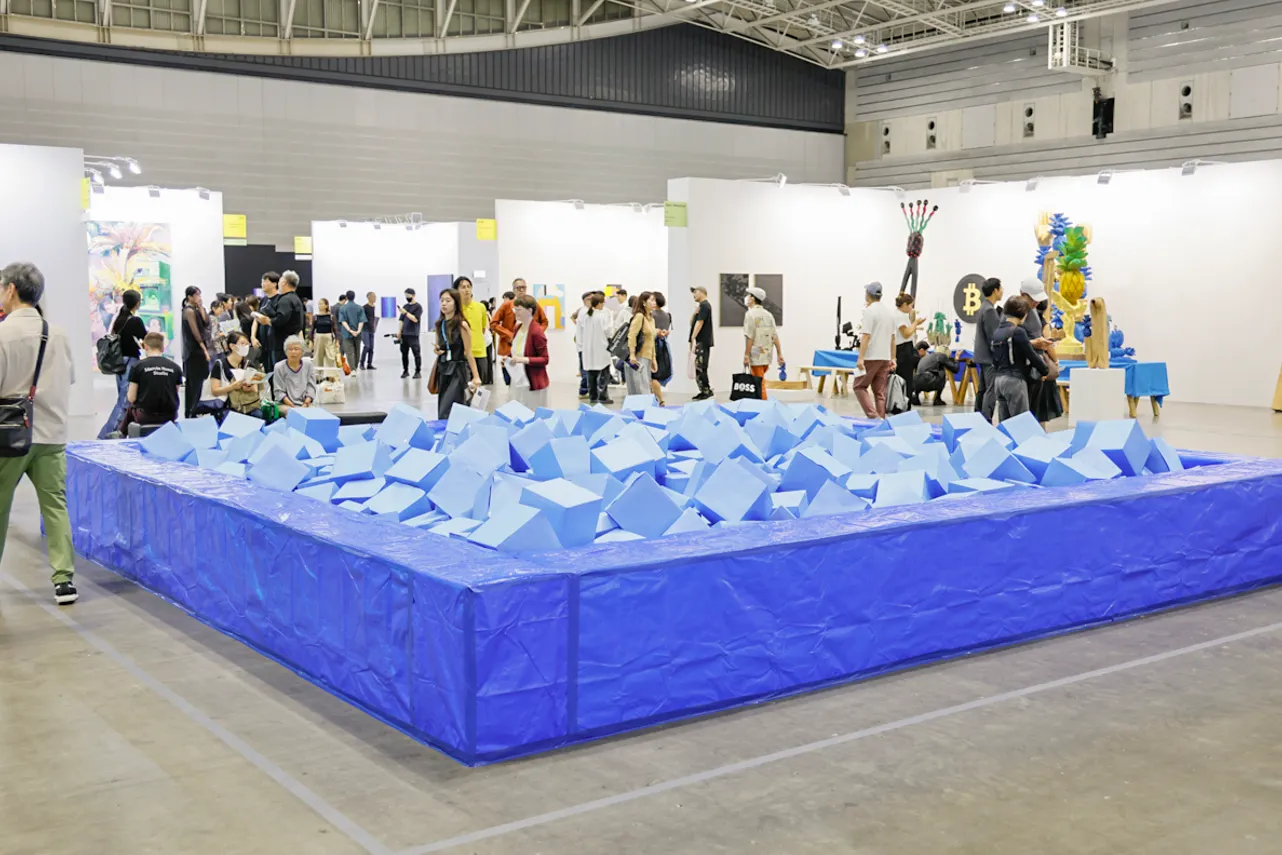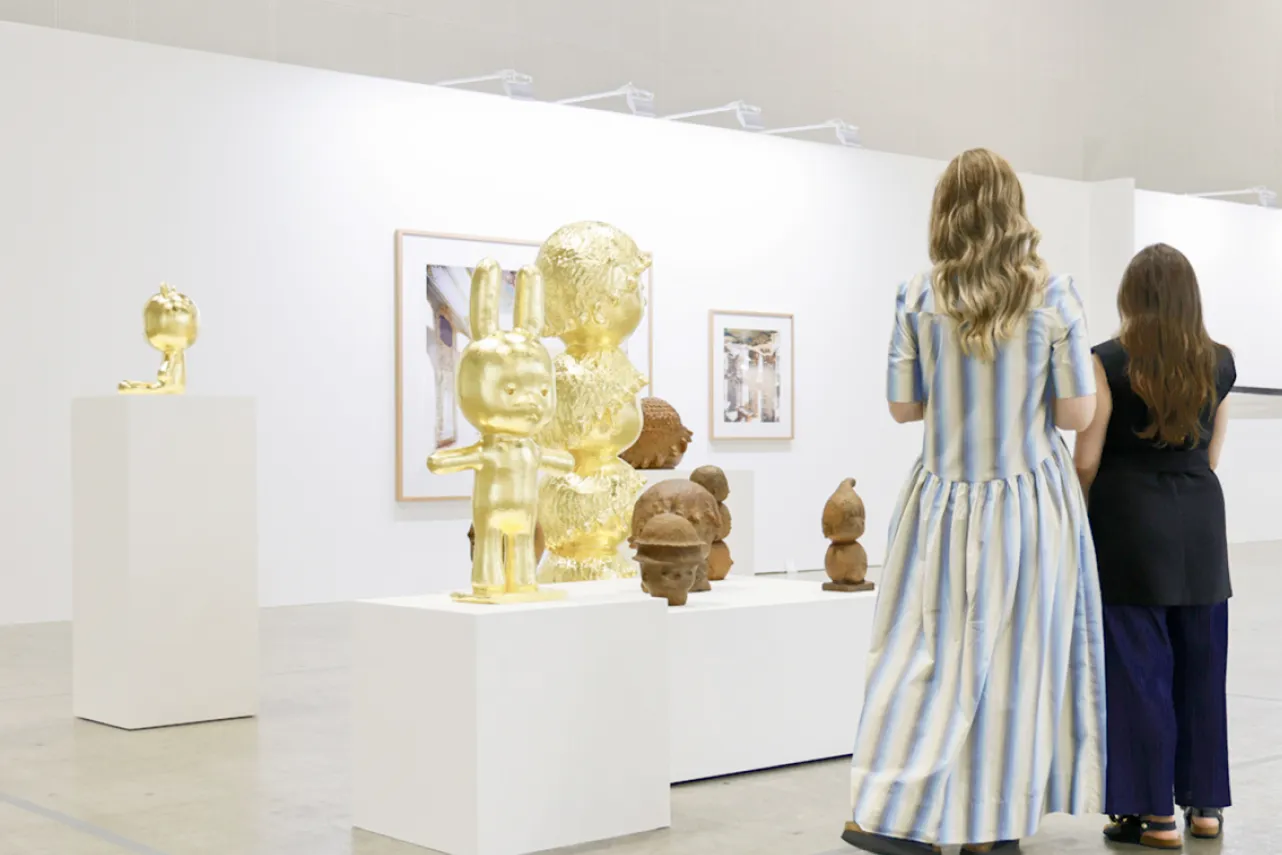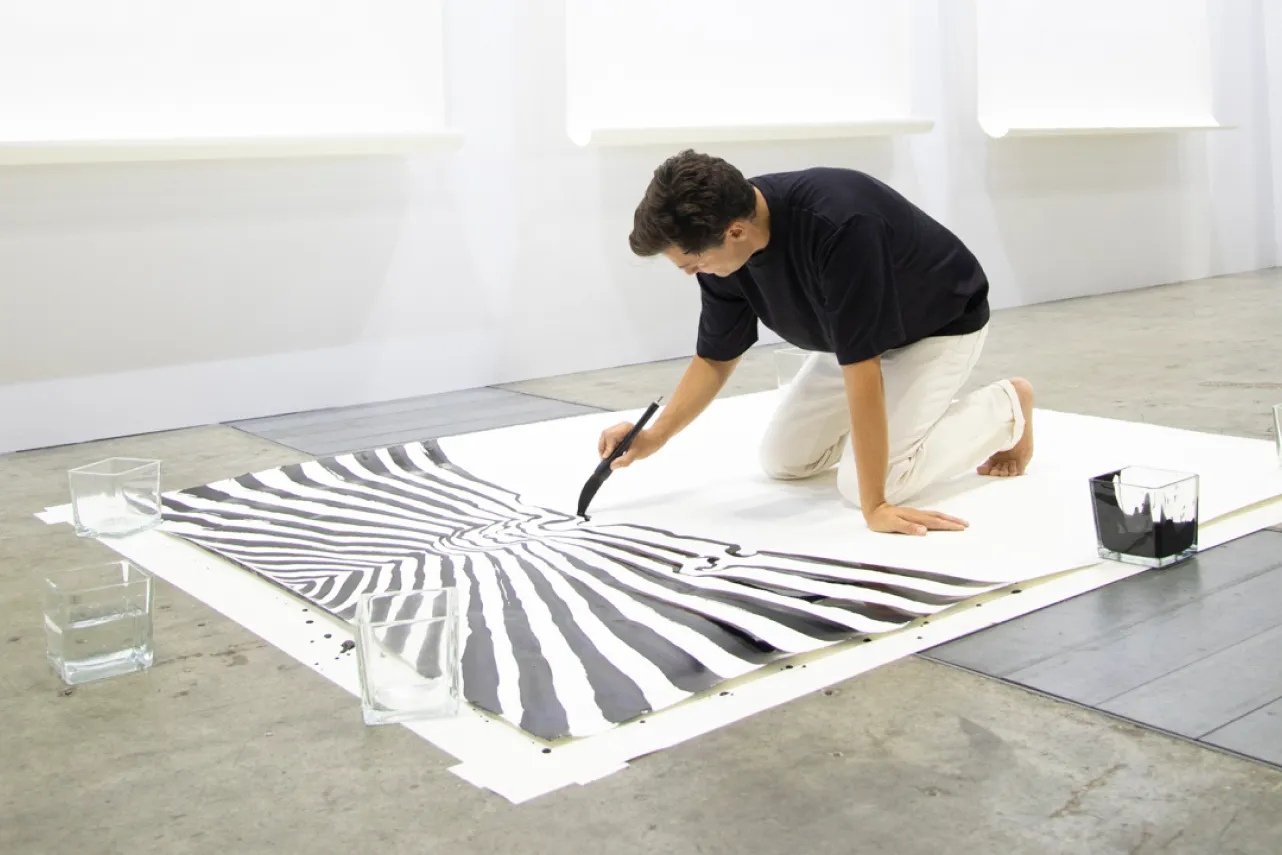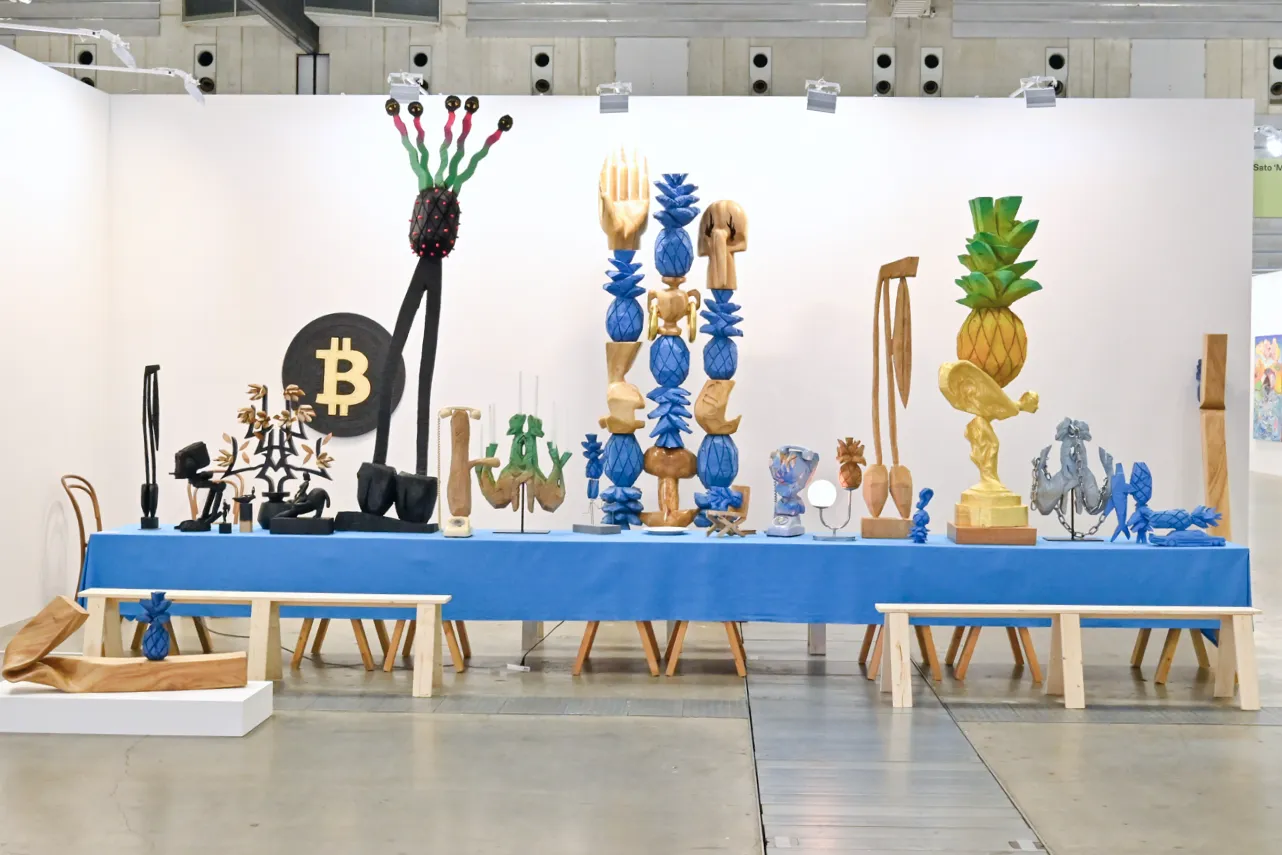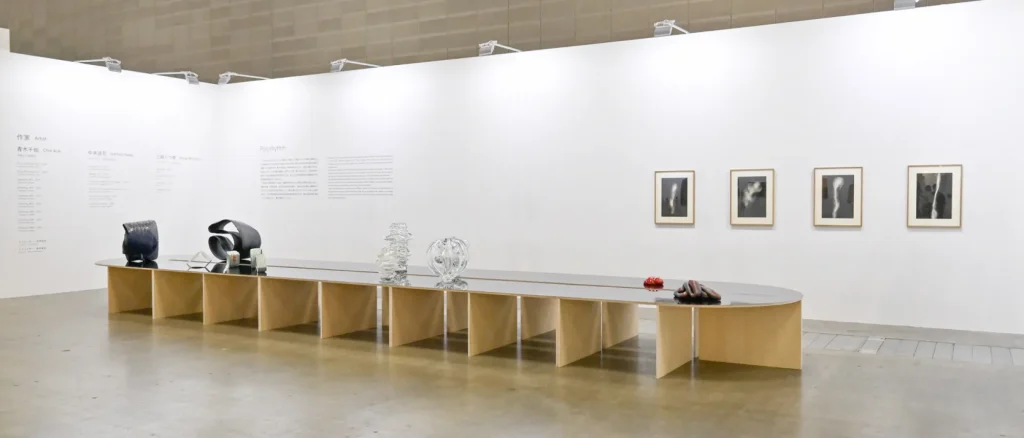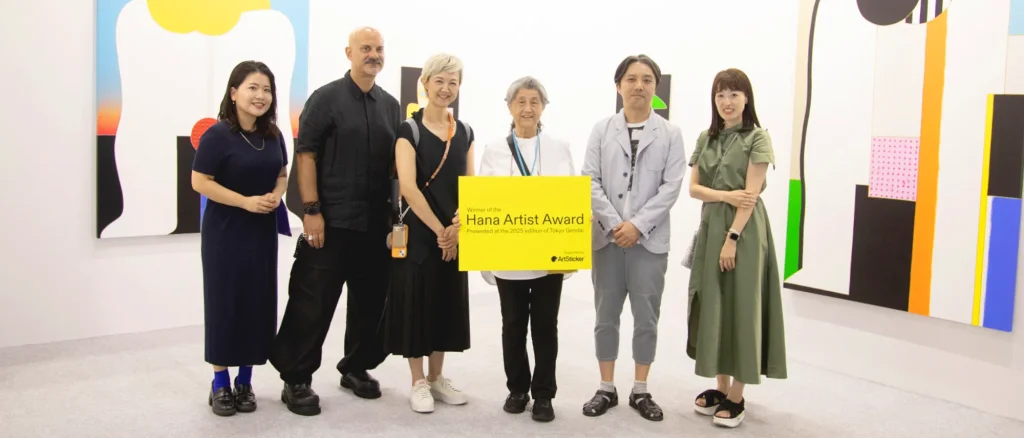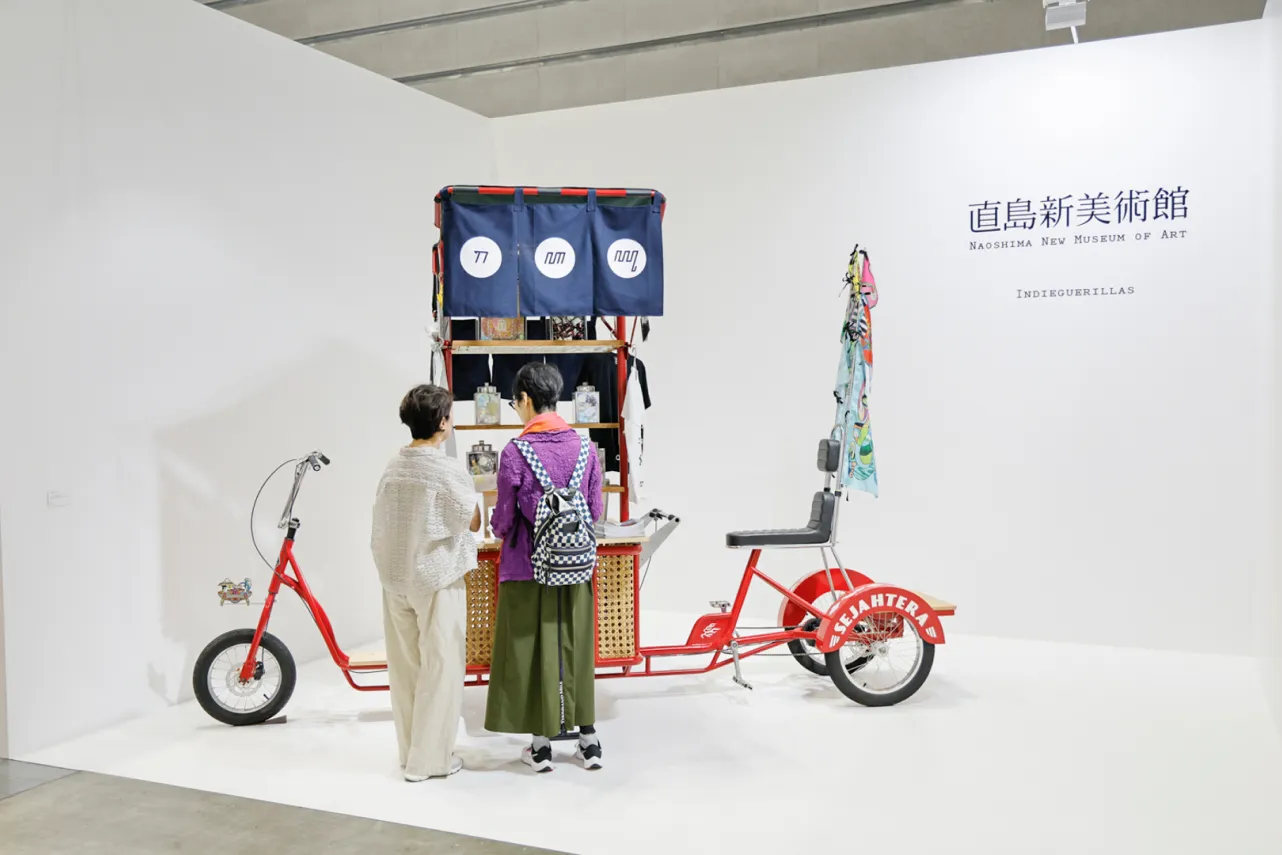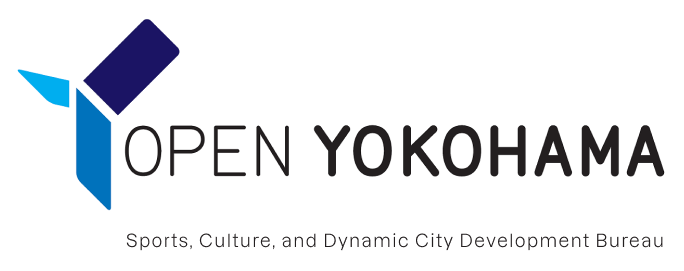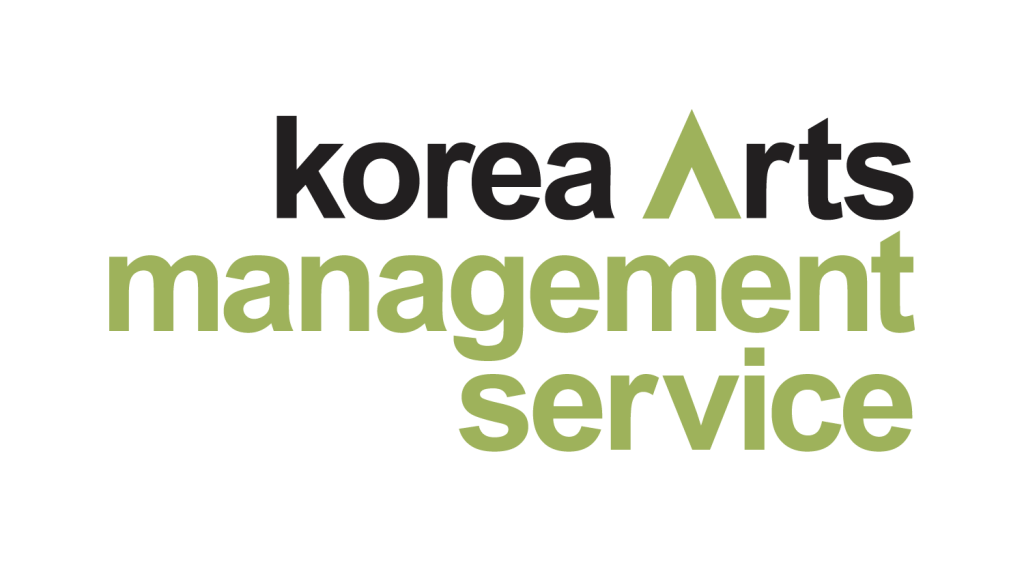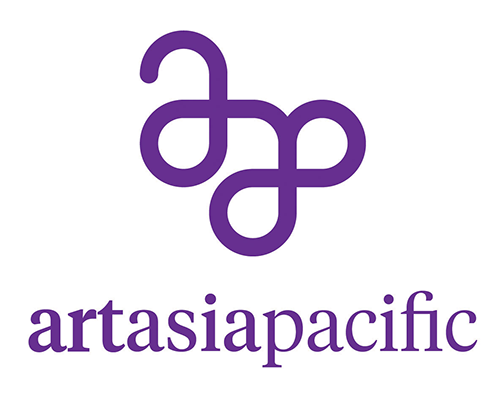Galleries
-
A Lighthouse called Kanata
-
Almine Rech
-
Ceysson & Bénétière
-
Galerie EIGEN + ART Leipzig/Berlin
-
Galerie Eva Presenhuber
-
Gallery Baton
-
Gallery EXIT
-
GALLERY SIDE 2
-
GALLERY TARGET
-
Gana Art
-
imura art gallery
-
Ingleby Gallery
-
John Szoke Gallery
-
Johyun Gallery
-
Kaikai Kiki Gallery
-
Kamakura Gallery
-
KOSAKU KANECHIKA
-
KOTARO NUKAGA
-
MAKI Gallery
-
Mizuma Art Gallery
-
Pace Gallery
-
Sadie Coles HQ
-
SEIZAN Gallery
-
ShugoArts
-
space Un
-
Sundaram Tagore Gallery
-
Taka Ishii Gallery
-
Takuro Someya Contemporary Art
-
TARO NASU
Hana
-
ANOMALY
-
BANK
-
Boccanera Gallery
-
CANDYBAR Gallery
-
CON_
-
Each Modern
-
EM gallery
-
Formation Gallery
-
Gallery TAIGADO
-
GOCA by Garde
-
HARUKAITO by ISLAND
-
Jacob Arthur Gallery
-
Keteleer Gallery
-
Koichi yamamura gallery
-
Mandy Zhang Art
-
Miaki Gallery
-
MISA SHIN GALLERY
-
NANZUKA
-
No Man's Art Gallery
-
PARCEL
-
Sokyo Gallery
-
STANDING PINE
-
The Drawing Room
-
THEO
-
Tomio Koyama Gallery
-
Unit 17
-
UP Gallery
-
Verduyn Gallery
-
VODA gallery
-
Wada Fine Arts Y++
-
Yoshiaki Inoue Gallery
-
YUMEKOUBOU GALLERY

